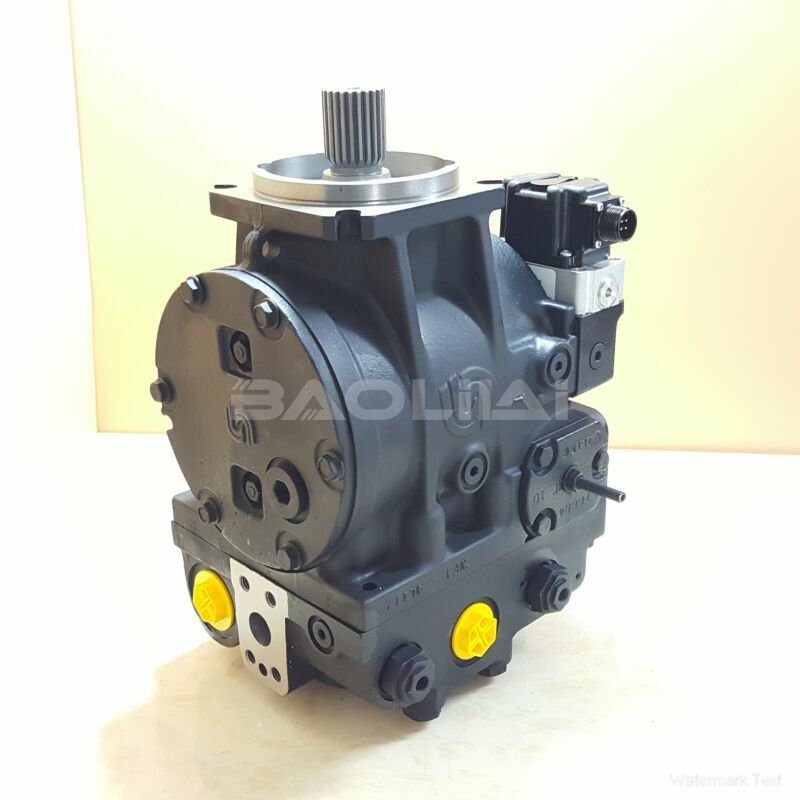90R100MA5AB80S3C7EC5GBA424224 hydraulic pump
90R100MA5AB80S3C7EC5GBA424224 hydraulic pump

- Product Details
- Applicable Scene
Hydraulic pumps are critical components in various industrial and automotive applications. They are responsible for converting mechanical energy into hydraulic energy, which powers numerous systems. Among the crucial aspects of a hydraulic pump’s functionality are its seals. These seals ensure that fluid remains contained within the pump, preventing leaks that can lead to inefficiencies, safety hazards, and costly repairs. Therefore, testing hydraulic pump seals for leaks is of paramount importance.
90R100-MA-5-AB-80-S-3-C7-E-C5-GBA-42-42-24
90R100MA5AB80S3C7EC5GBA424224
One of the primary reasons for testing hydraulic pump seals is to maintain system efficiency. Leaks can significantly reduce the efficiency of the hydraulic system, causing it to work harder to maintain the desired performance levels. This not only leads to increased energy consumption but also shortens the lifespan of the pump and connected components. By identifying and addressing leaks promptly, operators can ensure that their systems run optimally, saving energy and reducing operating costs.

80000375
In addition to efficiency, safety is a critical concern when it comes to hydraulic systems. Hydraulic fluids can be hazardous, especially if they leak onto surfaces where people work or operate machinery. Such leaks can create slippery conditions, increasing the risk of accidents. Furthermore, some hydraulic fluids are toxic or environmentally damaging. Regular testing of hydraulic pump seals for leaks helps minimize these risks, ensuring a safer working environment and adherence to environmental regulations.
Testing seals for leaks also plays a vital role in the maintenance of hydraulic pumps. Leaking seals can indicate wear or failure, which if left unaddressed, can lead to catastrophic pump failures. Routine testing enables operators to identify potential issues before they escalate, facilitating timely maintenance and repairs. This proactive approach not only extends the life of the pump but also helps to avoid unplanned downtime that can disrupt operations and lead to significant financial losses.





